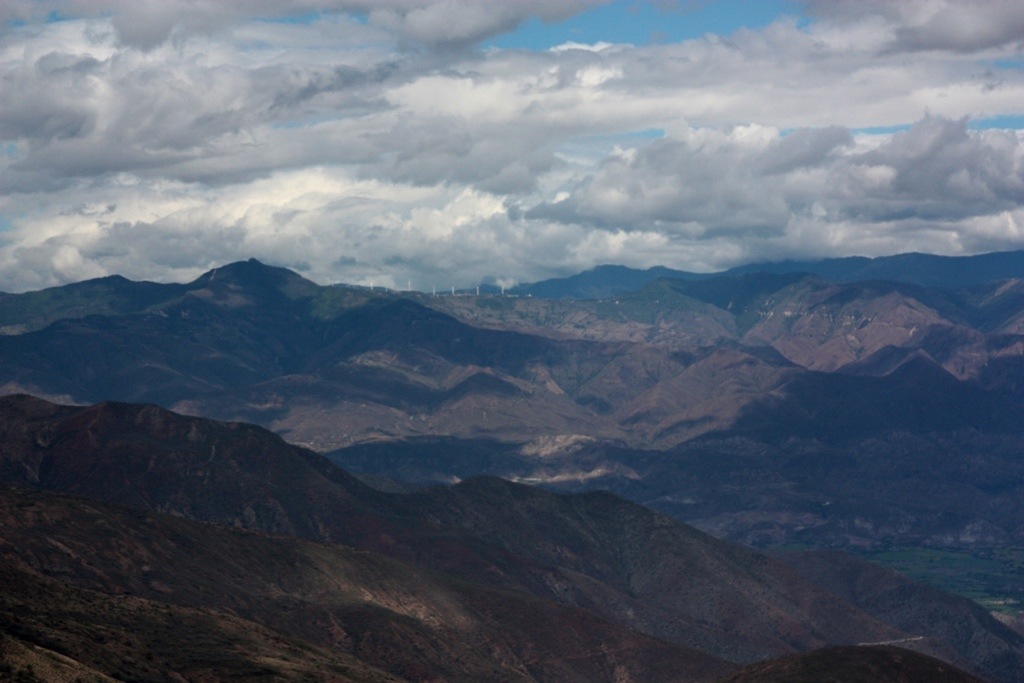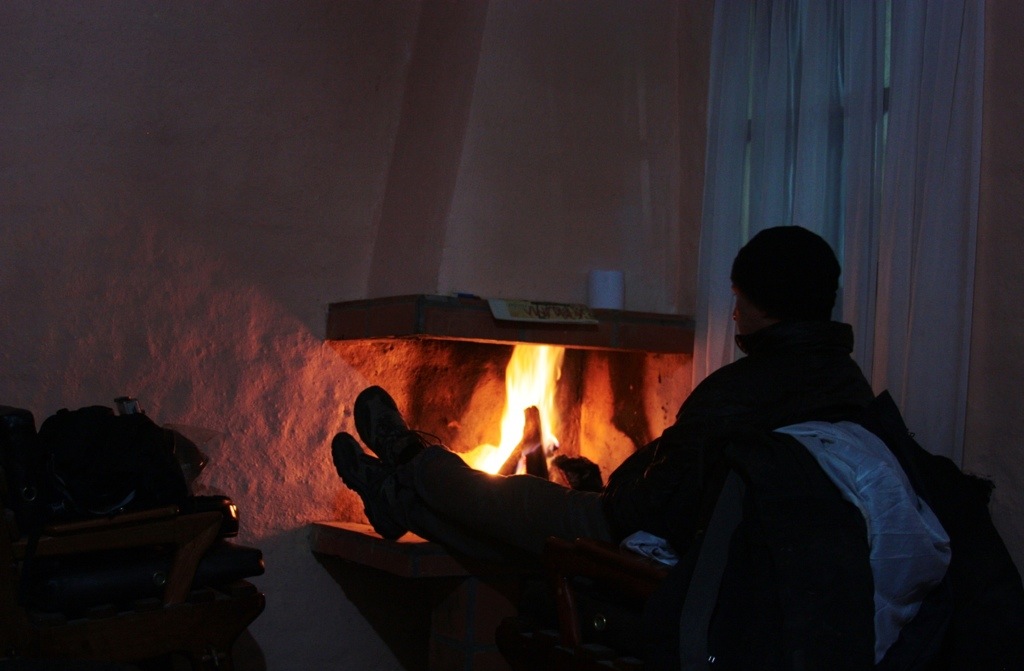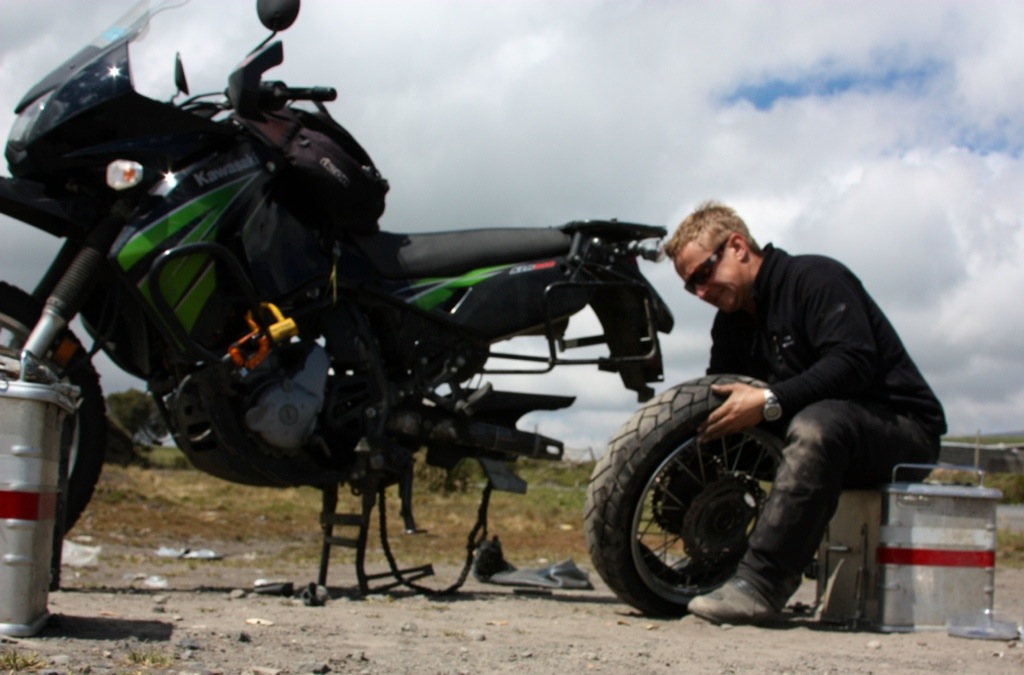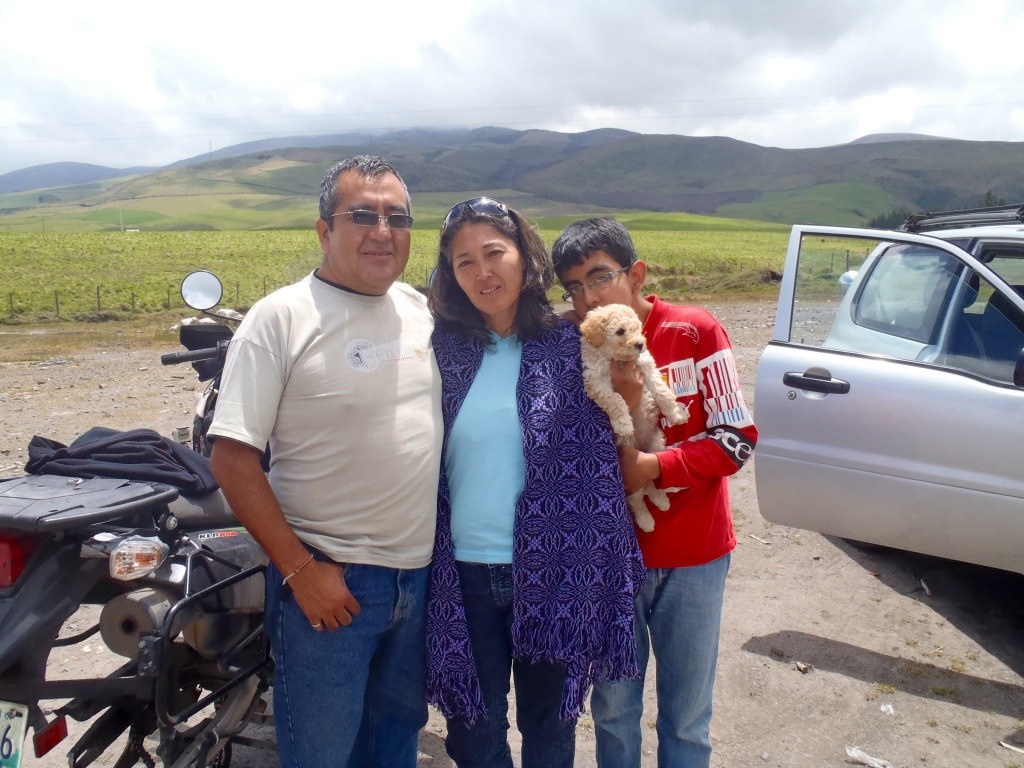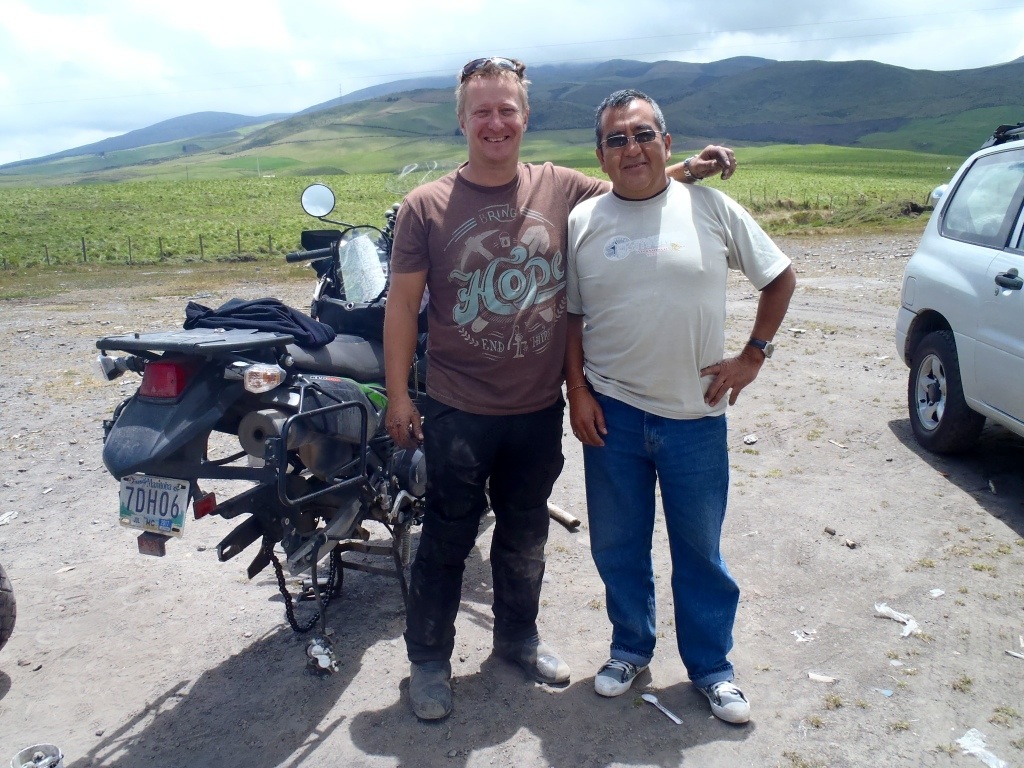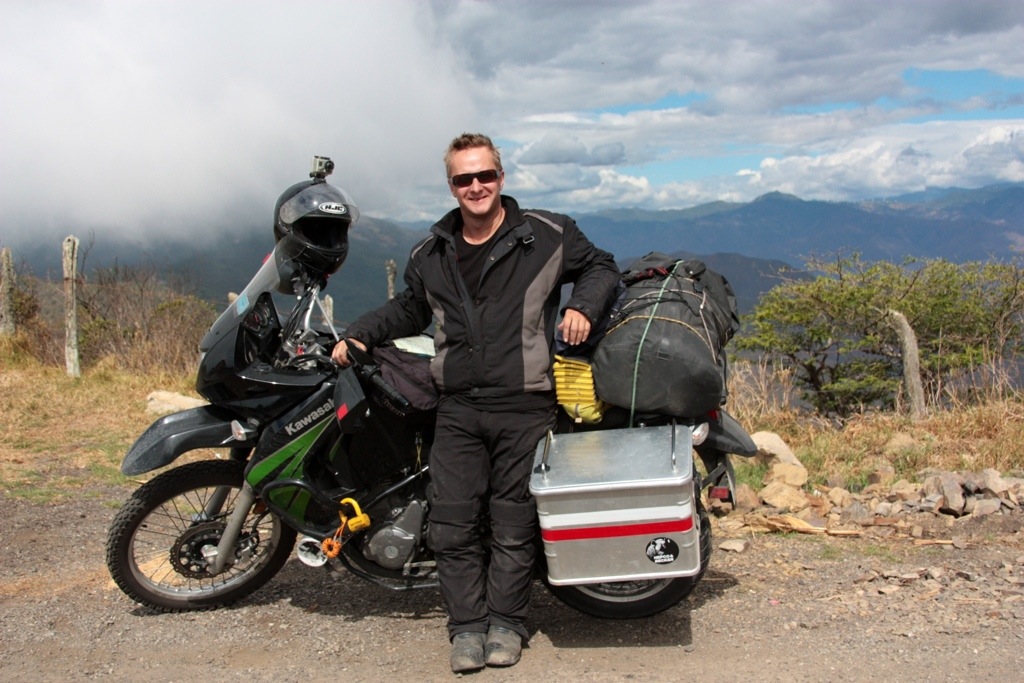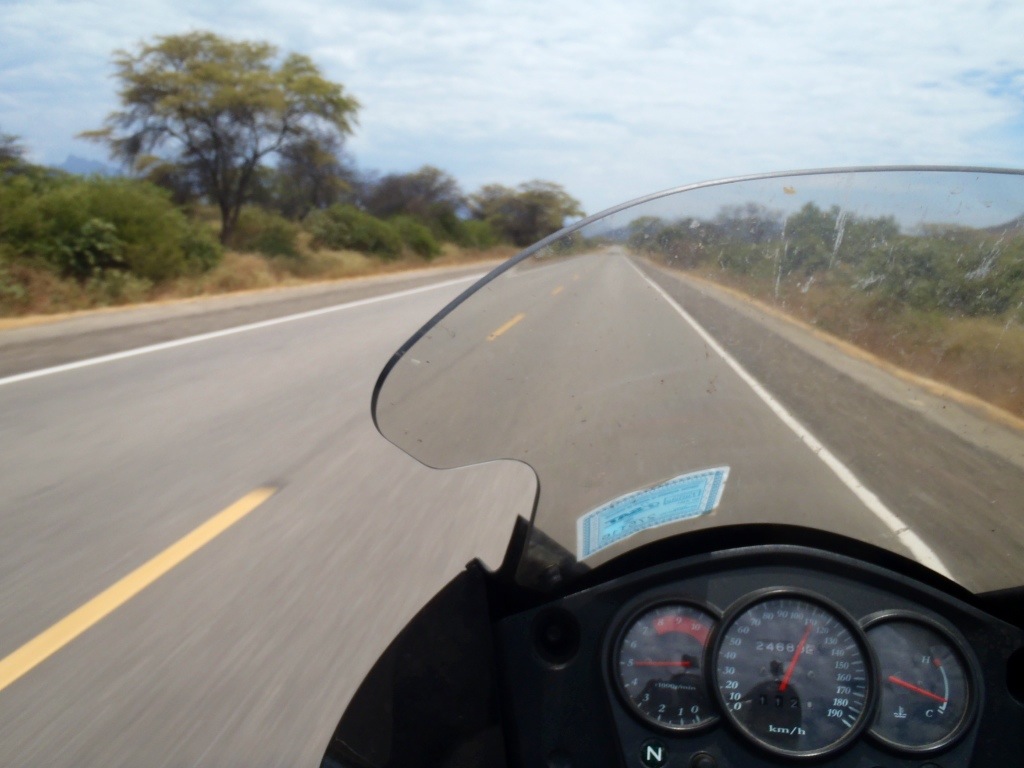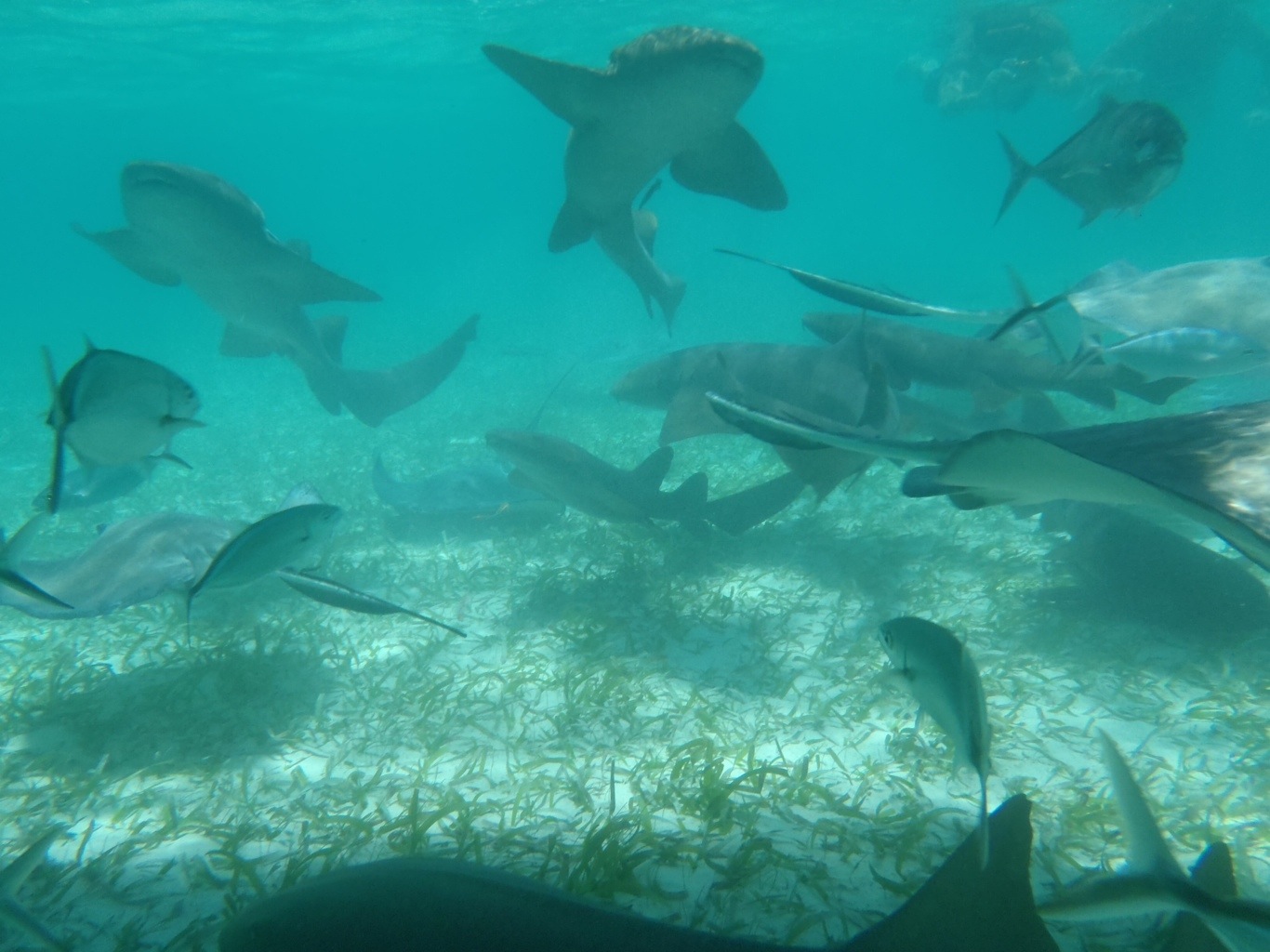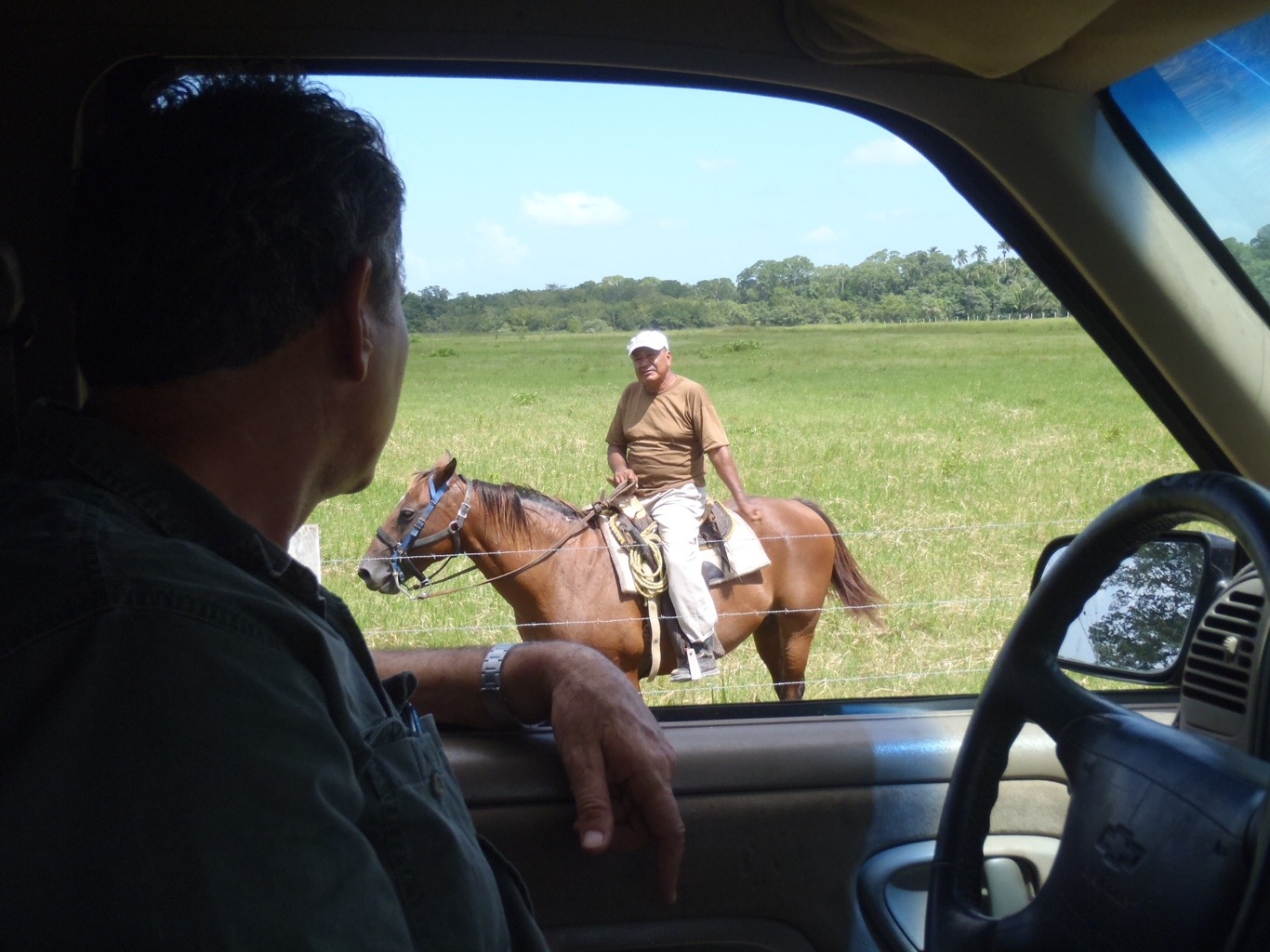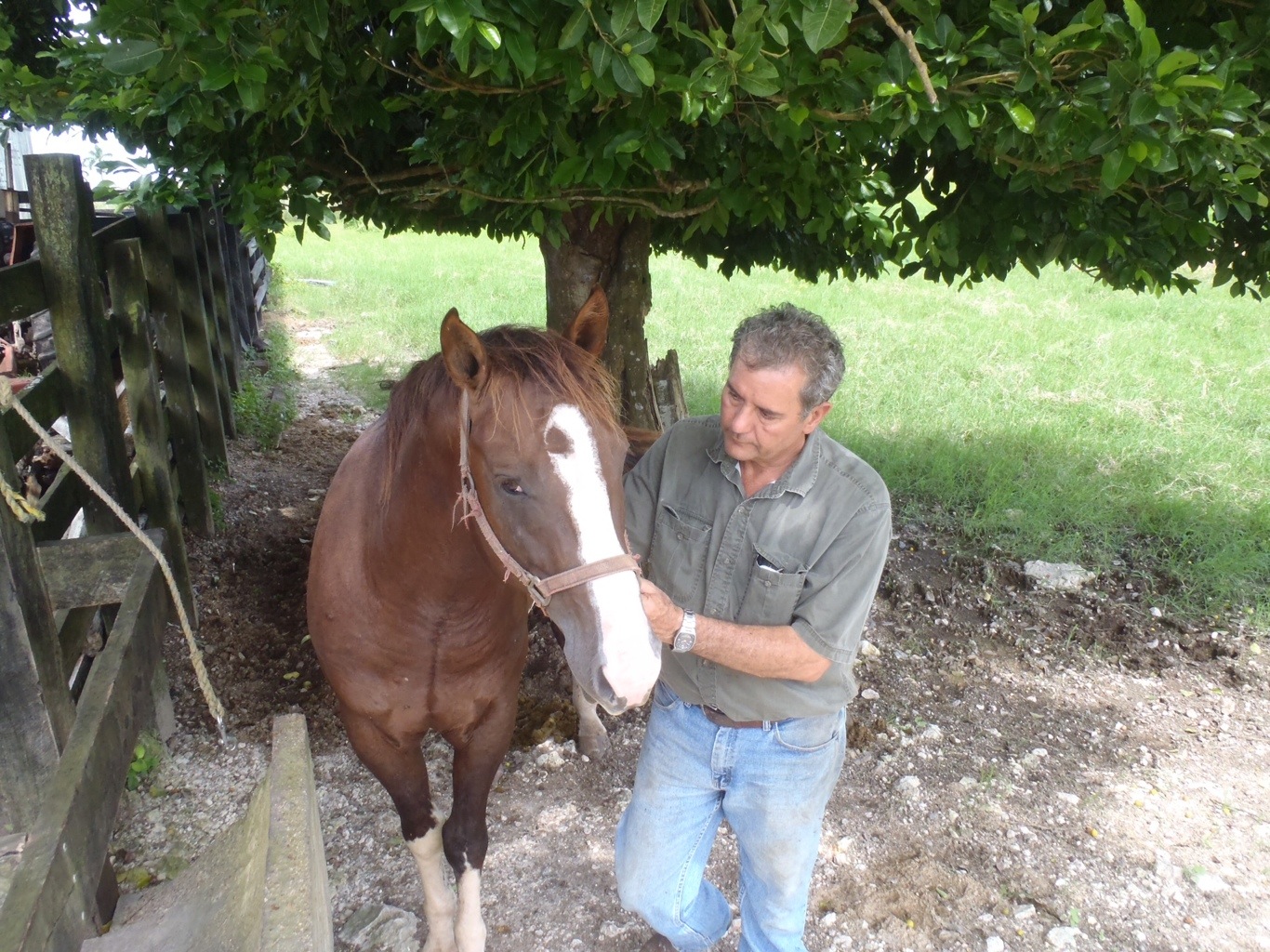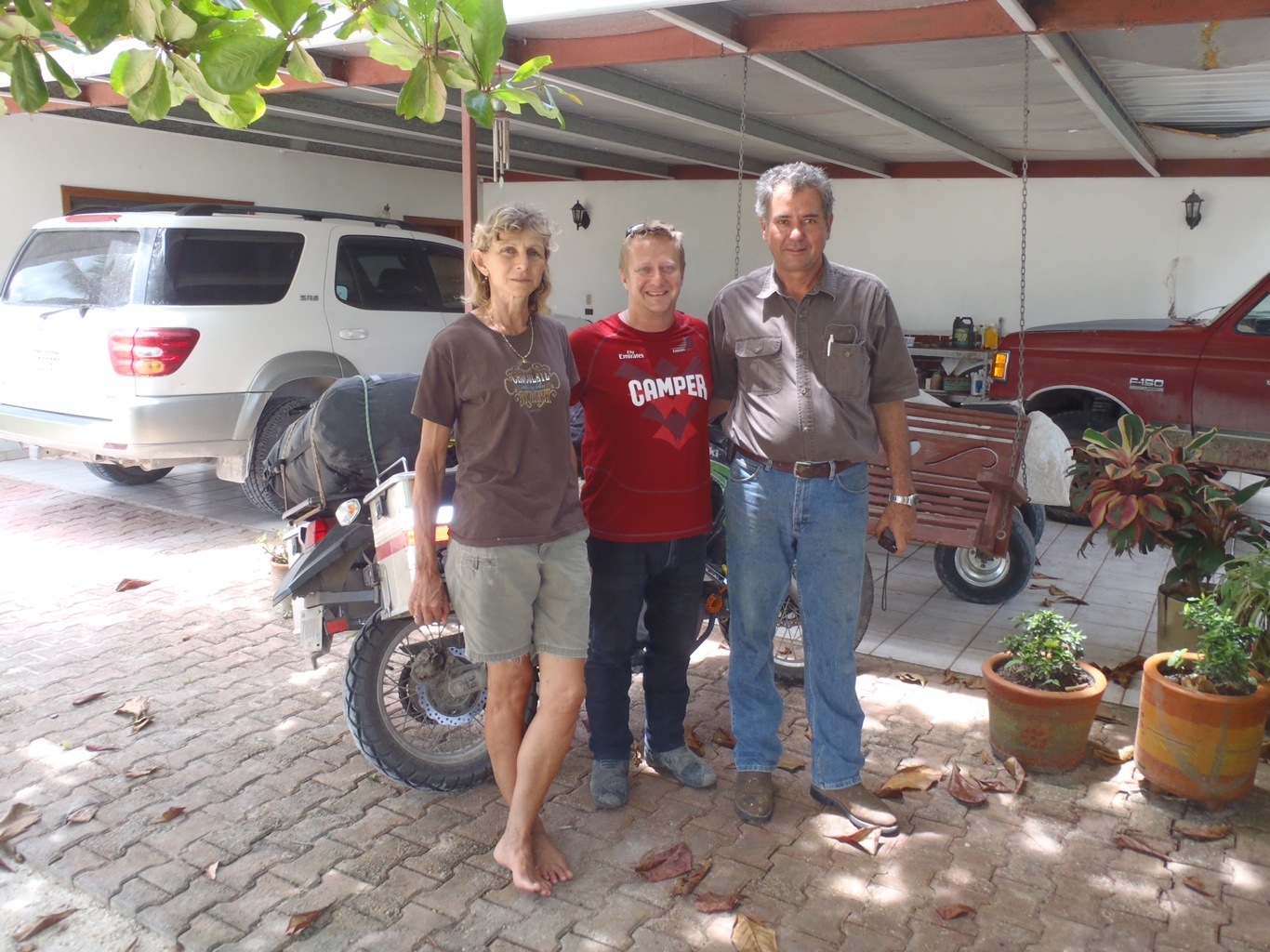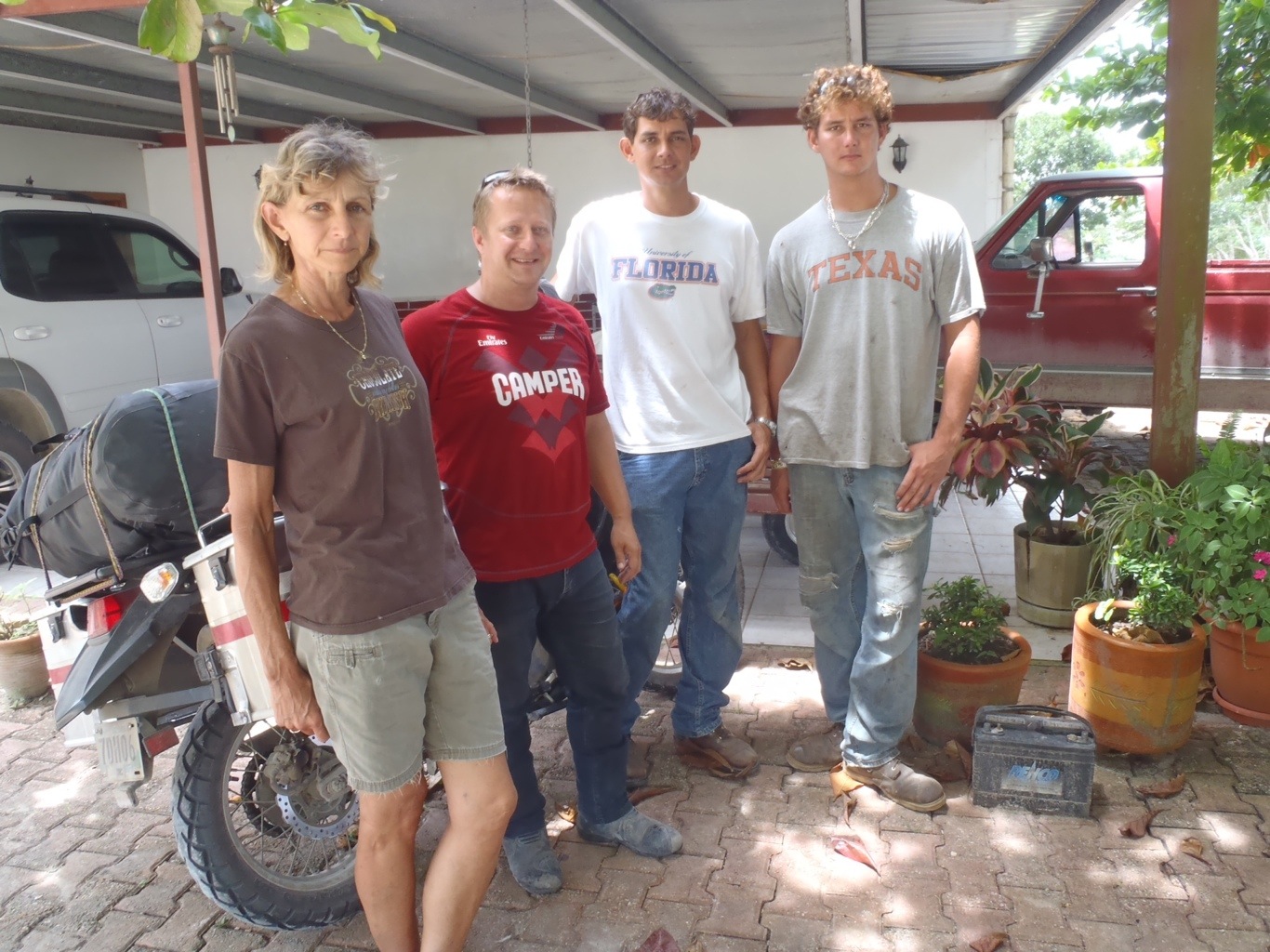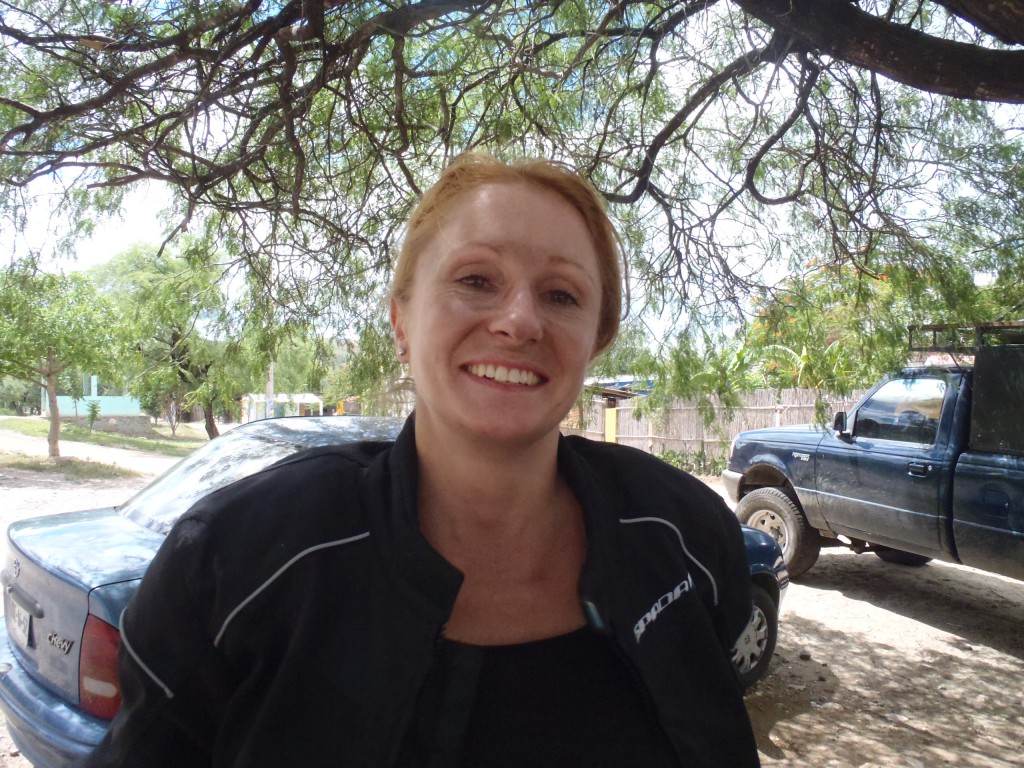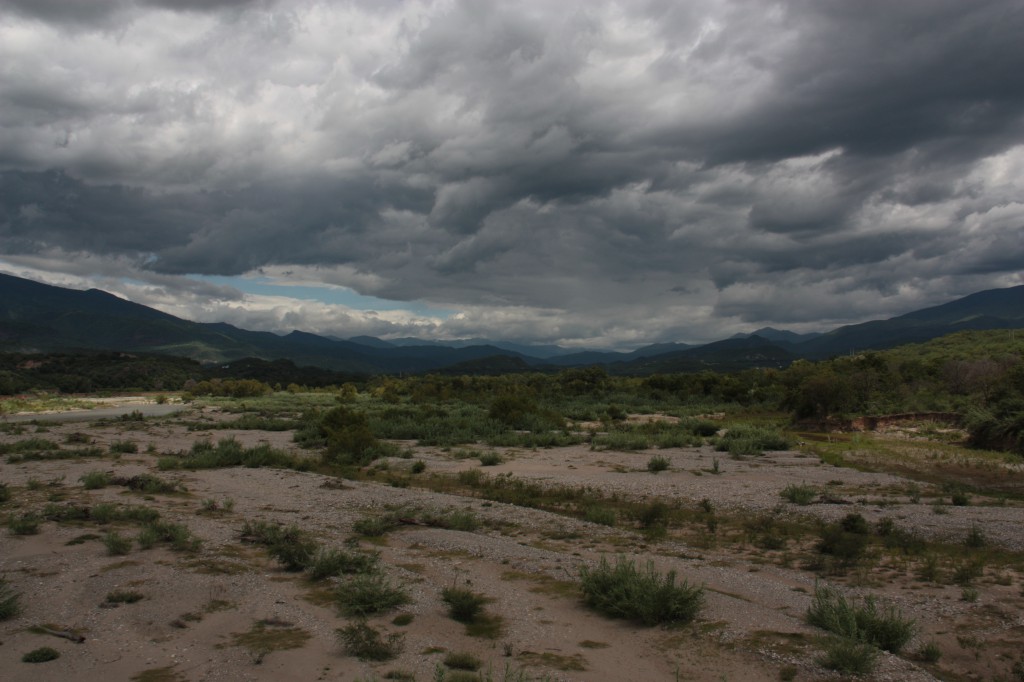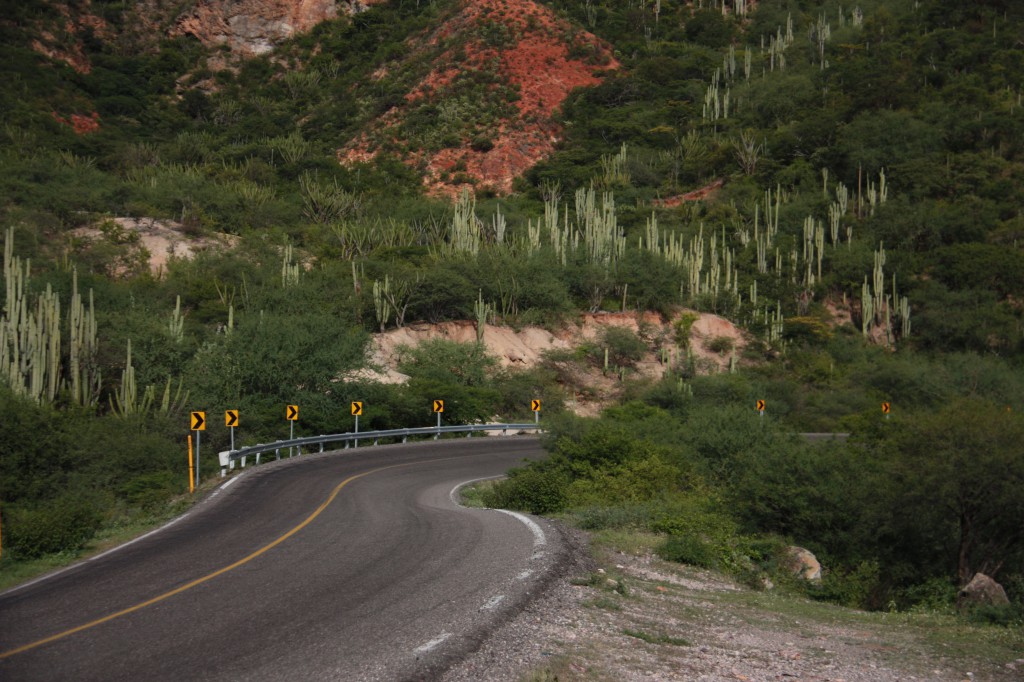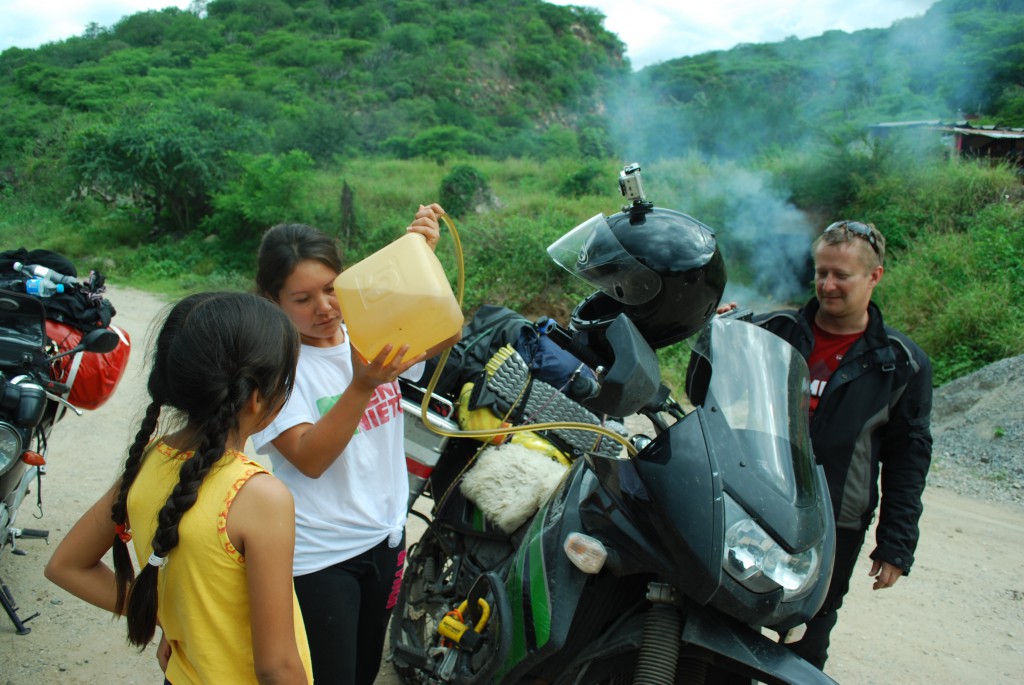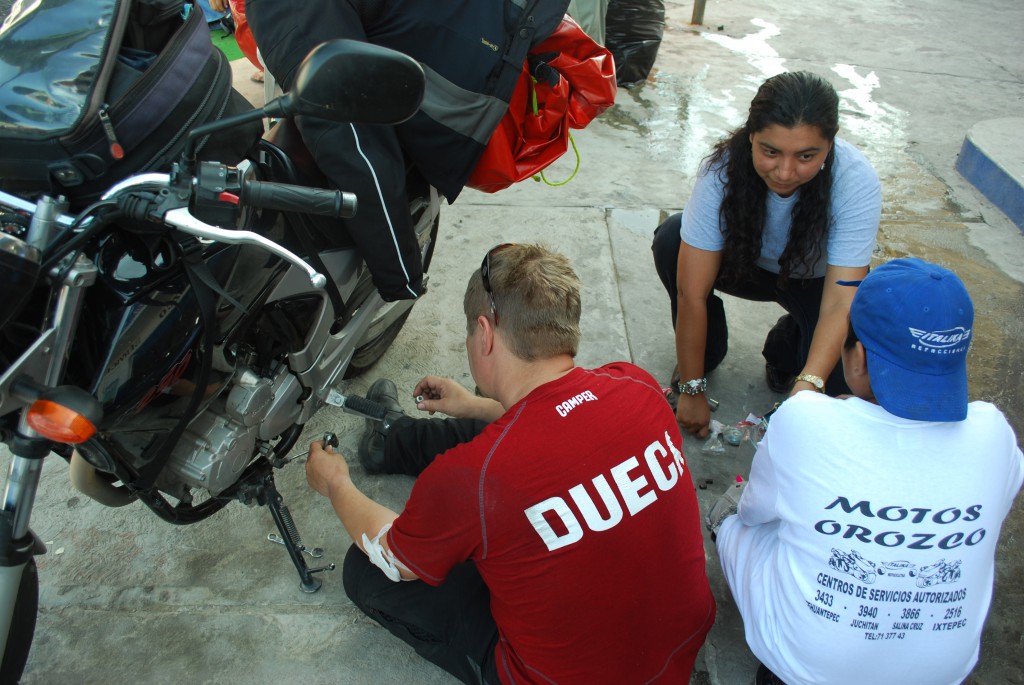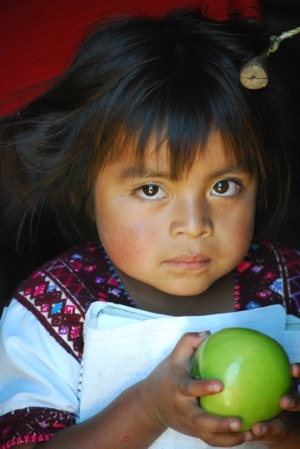I’ve been in the Santa Cruz area of Bolivia for the past week. Bolivia has around 70,000 Mennonites, mostly Old Order, and most of them live within a few hours of Santa Cruz. I’ve met a great bunch of people at RTM Radio (a Christian radio network) who have taken me in, given me places to sleep, food to eat, people to meet, etc. They also put me on air, which has turned me into a minor (like D-list) celebrity in the area. I’m that Canadian guy on the motorbike. A big thanks to the Janzen, Friesen and Toews families.
Bolivia contains some of the most conservative Mennonites in the world. The majority of them do not have electricity, they drive tractors with steel wheels, have no cars/trucks, adhere to strict dress rules, have very limited education and struggle with Spanish (They speak German and Plautt Deutsche). Their remoteness and lack of education and civility has manifested itself in chronic problems with domestic abuse, incest, alcohol and drug abuse and conflicts with the Bolivian locals.
In 2009 a case came to light that has put the colonies, and particularly Manitoba Colony, into the international press and shed some light on how ignorant and vulnerable these people are. A group of men were accused of possessing a magic spray which could put whole households (and their dogs) to sleep, allowing the men to enter the house and rape the women unnoticed. A posse of vigilantes arrested these men, tortured them (one man died of his injuries) and eventually, by paying large sums of money to local authorities, had the men put in jail. This has become a modern Salem Witch Trial for the Mennonite community. No one knows the truth, who is guilty, if anyone is guilty, what happened, etc. But the men are in jail, and the story has only grown more lurid, complicated, unbelievable and sad over the years.
I have no illusion of finding the “truth” since it doesn’t really exist anymore. People don’t know the difference between what they have heard, dreamt, done, seen, imagined or wished. But I am meeting with many of the parties involved, as I think this story illustrates what can happen when you willfully keep a population ignorant, isolated and repressed.
This couple, Mr and Mrs Peters, told me the story of how their son was arrested, choked until he passed out and then hooked up to a 220v electric fencer until he confessed to raping women and having a can of the magic spray. The spray has never been found or proven to exist. They say he’s innocent.
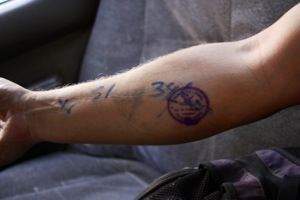 I went to the Palmasola prison to interview the men, who have never formally been convicted or sentenced. Palmasola is a “prison town” where children and families live with the convicted in a village like setting. It’s insane, overcrowded (more than 4,000 inmates), filthy but also colorful and quite “normal” in some ways. I kept thinking of Papillon when I was in the prison. I was not allowed to take my camera in, but I do have a picture of my arm to show you. I got stamped, numbered, checked and crossed by marker for every gate I passed through and bribe I paid.
I went to the Palmasola prison to interview the men, who have never formally been convicted or sentenced. Palmasola is a “prison town” where children and families live with the convicted in a village like setting. It’s insane, overcrowded (more than 4,000 inmates), filthy but also colorful and quite “normal” in some ways. I kept thinking of Papillon when I was in the prison. I was not allowed to take my camera in, but I do have a picture of my arm to show you. I got stamped, numbered, checked and crossed by marker for every gate I passed through and bribe I paid.

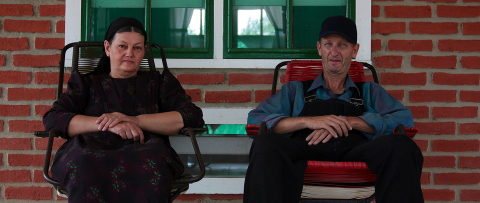
 Follow
Follow